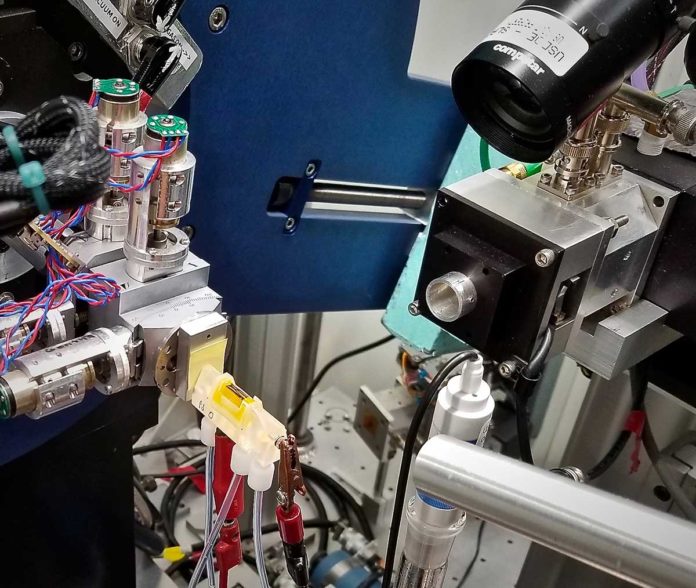The systematic improvement of current and developing electrochemical technologies requires an atomistic understanding of electrode-electrolyte interfaces. However, examining these interfaces under operando conditions, where performance is typically evaluated and benchmarked, remains challenging, as it necessitates incorporating an operando probe during full electrochemical operation.
In this study, scientists at the Joint Center for Artificial Photosynthesis, a Department of Energy Innovation Hub based partly at Berkeley Lab, have invented a cell that is specially designed to allow for unobtrusive observation of an isolated, operating catalyst.
This invention can mimic how a catalyst behaves in a full device, thanks to a fast-flow design that continually replenishes the liquid at the interface. Moreover, the cell shape allows X-ray beams to graze over the surface, showing us the chemistry at the interface correctly.
The cell is expected to enable scientists to design and test new catalyst materials, which can be utilized in cutting edge solar fuel devices that split water to deliver hydrogen gas and convert carbon dioxide emissions into fuels like ethanol.
Lead author Walter Drisdell, a Berkeley Lab chemist said, “We intend to make the cell available to users at the DOE’s Stanford Synchrotron Radiation Lightsource (SSRL) facility so the entire science community can benefit from it.”
A description of the cell is published in Physical Chemistry Chemical Physics.
